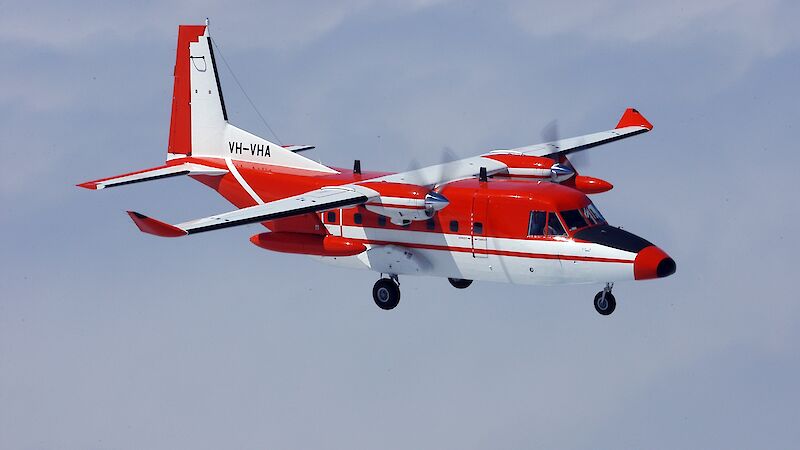The Australian Government’s new $46.3 million Antarctic air link will dramatically change the way we engage with Antarctica, the Minister for the Environment and Heritage, Senator Ian Campbell, said today.
Announced as part of the Australian Government’s $3.2 billion commitment to the environment in the last Budget, the Australia-Antarctica intercontinental air link will ensure Australia remains an international leader, by supporting and enhancing our research capabilities.
“The air link will fundamentally change the way we do business in Antarctica and allow for a rapid turnaround of researchers,” said Senator Campbell.
“Already we are making changes in anticipation of the air link which will inevitably mean a much-reduced environmental impact because of a lighter footprint in Antarctica.
“For example, in view of the imminent introduction of the air link, the Australian Antarctic Division has decided that installation of a third wind turbine at Mawson station will no longer be necessary.”
Two 300kW wind turbines were installed at Mawson station in 2003 with a third planned. The turbines power the infrastructure necessary to support research programmes in the Antarctic, particularly during the long winters. The existing turbines have reduced the Antarctic station’s reliance on diesel fuel by about 25 per cent and reduced greenhouse gas emissions by about 400 tonnes a year.
“The air link will now improve access to Australia’s research stations, in turn cutting the time it will take to gather and relay important data. There is an immense benefit in being able to continue to undertake our valuable research in Antarctica while minimising our impacts on the continent,” said Senator Campbell.
Around 200 people, including many scientists, work at three permanent Australian Antarctic stations during the summer months. A large number of Antarctic projects involve collaboration with international researchers.
Other countries that conduct Antarctic research — such as the USA, United Kingdom, New Zealand, Italy, Argentina, Chile and Russia — already have air transport capacity.
The new air link will also allow rapid access to Australia’s Antarctic stations in the event of emergencies, such as a medical evacuation, which will help combat some of the challenges that face Australian researchers.
Trial flights of a long-range aircraft are proposed in the 2006–2007 summer before the full service in 2007–2008.

